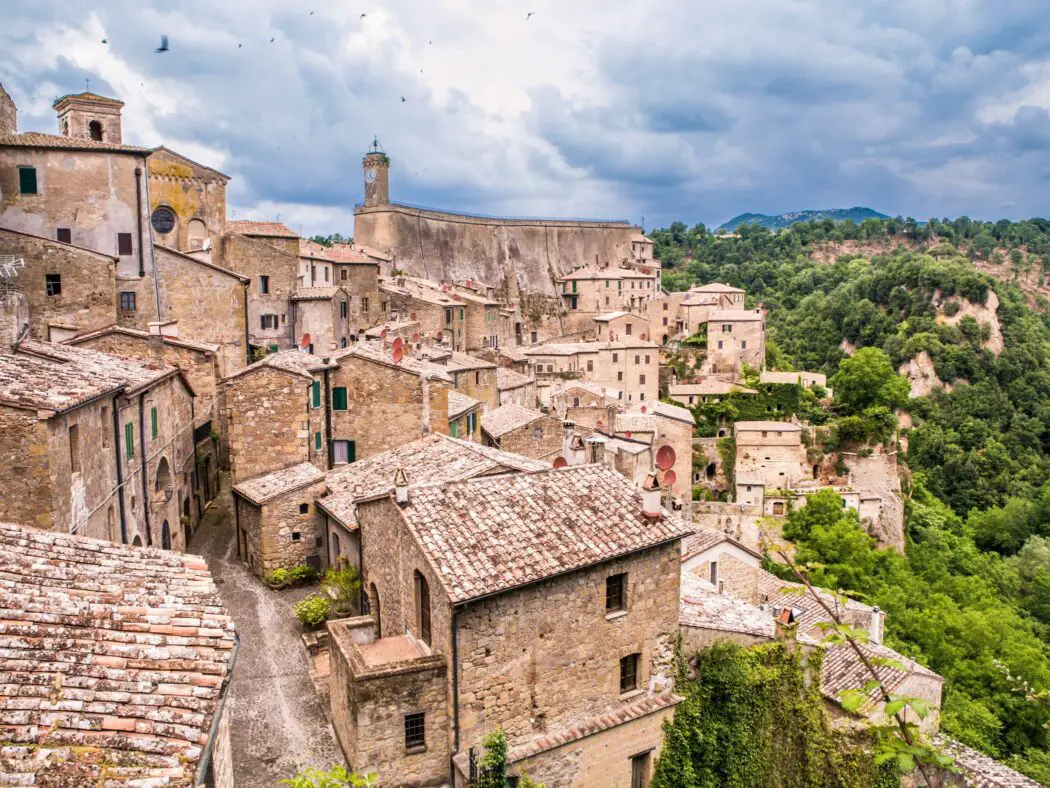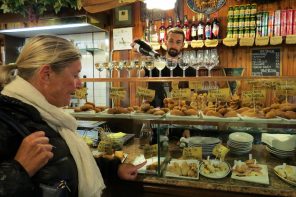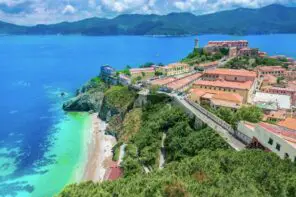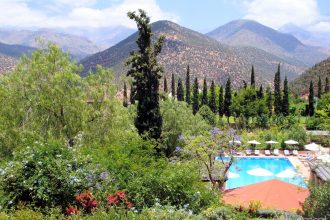While the region of Tuscany’s grand cathedrals and Renaissance galleries speak loudly, its soul lives in quiet pockets – in stone hamlets, seasonal kitchens and shared stories over local wine. You arrive with a suitcase but leave with something richer – the experience of having truly lived in a place, if only for a time.
Here’s why you should consider exploring Tuscany on your next slow travel getaway.
Hill-top towns at a leisurely pace
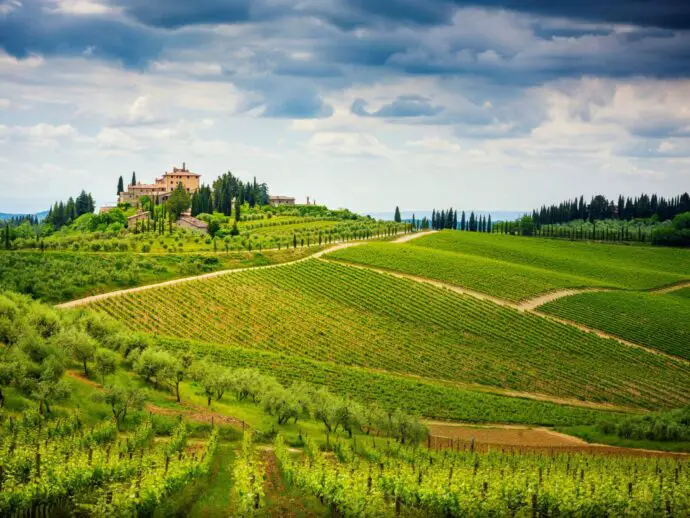
Start your journey where the skyline tells a medieval tale. Towns like Montepulciano, Volterra and Pienza don’t ask for your schedule – they offer winding lanes, hidden courtyards and afternoon conversations in piazzas where locals still gather without urgency.
Rather than chasing checklists, walk slowly up cobbled streets and let your days follow the rhythm of the bells. Pause in cafés where grandmothers roll out fresh pasta behind the counter. If you stay two nights instead of one, you’ll notice the light change on terracotta rooftops and understand why no one hurries here.
Staying immersed in the countryside between steps
To truly connect with Tuscany, slow your pace between destinations. Embarking on walking holidays in Italy offers a rare chance to absorb a landscape in real time, and really get to know what makes the area so special.
Routes between San Gimignano and Siena, or across the Val d’Orcia, let you weave through olive groves, vineyards and wildflower meadows, where ancient stone farmhouses beckon with shade and rest. Choose small, family-run agriturismos to sleep in converted barns or centuries-old estates. You can spend leisurely afternoons by natural springs or helping your hosts gather vegetables.
Scenic vineyard walks and Tuscan food culture
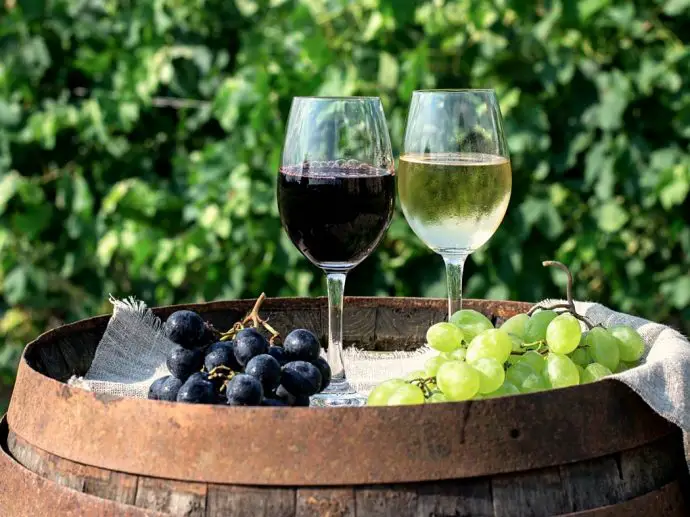
A visit to Tuscany wouldn’t be complete without visiting the wineries in what is known as one of the most romantic destinations in Italy.
Follow Tuscan vine trails through the Chianti hills where vintners prune vines by hand and stop to share a glass of last autumn’s harvest. Along the way, pass olive mills and truffle woods and always say yes to a detour that leads to a family-run trattoria. Let yourself linger over lunch, and order the seasonal specials the region is famed for, which are cooked with love and care.
Art, history and rural pilgrim routes
Some of Tuscany’s richest heritage lies beyond the galleries. Follow the Via Francigena – a pilgrim path stretching from Canterbury to Rome – through villages where frescoes hide in tiny chapels and Roman bridges still support local feet. In places like Bagno Vignoni, where medieval pilgrims once bathed in thermal waters, you can still soak your legs after a long day’s walk.
Tuscan cookery and markets in local hamlets
Slow travel means cooking with your hands, so you can really feel the local culture in your food. Visit morning markets in places like Greve or Castiglione d’Orcia, where you can buy wild mushrooms and juicy ripe tomatoes fresh from the farmer. Remember to ask vendors how they prepare them at home for tfe best results.
Then take what you’ve gathered and join a small cookery class in a village kitchen where you’ll learn to knead pici pasta or fold ricotta into delicate tortelli. Don’t just taste Tuscany – make it yourself, one handful of flour at a time.

